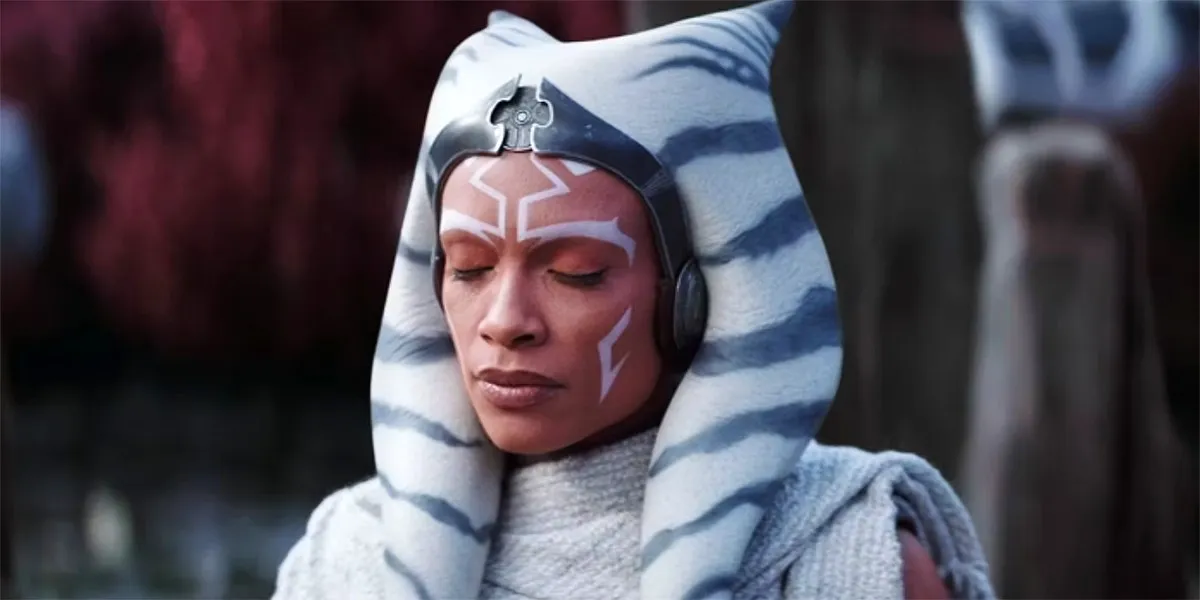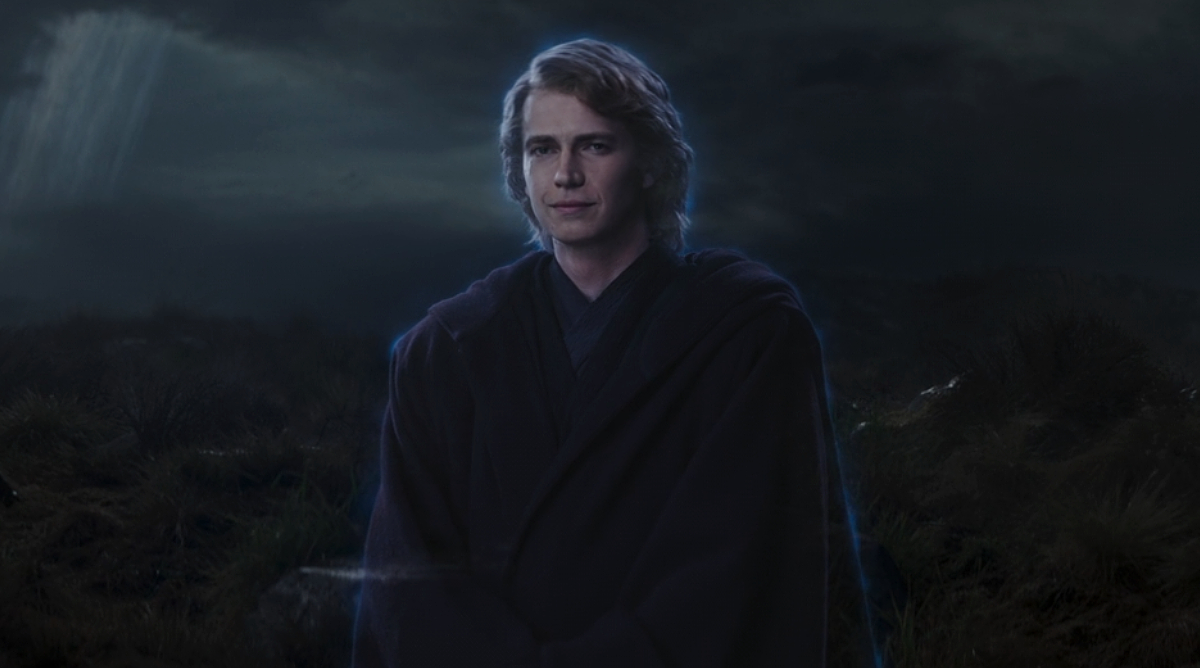Grand Admiral Thrawn Calls Ahsoka a Ronin, but He’s Forgetting One Thing

During Ahsoka‘s season finale, Grand Admiral Thrawn (Lars Mikkelsen) calls Ahsoka Tano (Rosario Dawson) a “ronin,” offering another interesting perspective on her identity as a Jedi. Ahsoka has done a fantastic job of challenging how viewers think of Jedi. While Grey Jedi and Dark Jedi already existed in Star Wars, it was pretty easy to broadly categorize Force-sensitives as either Jedi or Sith. But Ahsoka repeatedly shows us that not all Jedi are the same.
Some are disillusioned by the Jedi Order, some are disillusioned by the violence of the Sith and Jedi, and some just want to forge their own paths and not be restrained by a label. Ahsoka expands the discussion by introducing the concept of Bokken Jedi, and suggesting that Jedi trained in the traditional Jedi Temple and those trained after the fall of the Jedi Order are different. The term Bokken is also a callback to how Star Wars takes inspiration from Japanese culture, especially with how the Jedi parallel the samurai. Now, Ahsoka has introduced another concept of Jedi closely tied to samurai culture.
It’s quite surprising to hear Thrawn use the term ronin, as it hasn’t appeared much in the Star Wars universe before. The last time we heard it used was in Star Wars: Visions, in the short “The Duel.” In the short, viewers are introduced to a wanderer who goes by the alias “Ronin.” It is later revealed that this man is a former Sith. After becoming disillusioned with the Sith, he left the Order and became a wanderer, often fighting the Sith to protect innocent villagers and collecting red Kyber crystals along the way.
Based on where the term comes from and how it relates to the character in Star Wars: Visions, it’s not difficult to guess what Thrawn was getting at when he called Ahsoka a ronin.
What’s a ronin Jedi?

The ronin label is used by Thrawn when he offers a few parting words to Ahsoka before leaving her stranded on Peridea. He mentions that he knew her master, Anakin Skywalker (Hayden Christensen), and had predicted that her strategies would be similar to his. Thrawn also muses about just how alike the pair might become before telling her that Peridea is “where a ronin such as you belongs.” It’s clear that Thrawn means it as an insult, and from Ahsoka’s expression, it seems that it stung at least a little.
Thrawn is basically throwing what happened between Ahsoka and Anakin back in her face. He is reminding her that she is a Jedi with no master. In Japanese culture, a ronin was a samurai with no lord or master. Ronin also weren’t looked upon favorably. Many were masterless because their master had passed on or been defeated in battle, and it was expected that a samurai whose master was defeated would commit seppuku—a ritualistic taking of one’s own life, which was perceived as honorable among the samurai. Hence a samurai who kept on living without a master was seen as dishonorable. They weren’t permitted to take up a new master and didn’t enjoy the status of the samurai, so most of them became lone wanderers, living in poverty, severed from their clans and families.
Ahsoka certainly seems to fit the definition of a ronin, as she’s severed her ties to Anakin and the Jedi Order and has been a wanderer ever since Star Wars Rebels. However, while Ahsoka meets the definition on the surface, there’s one thing wrong with Thrawn labeling her as a ronin.
Ahsoka is not masterless

What Thrawn doesn’t seem to understand is the power of the bond between master and student. Earlier in the season finale, Ahsoka mentions that a good master always stands by their padawan’s side. Anakin did this when they were together, and it seems he’s still doing it now. Not only does he return to Ahsoka to finish her training, but the ending of Ahsoka reveals that his Force ghost is still with her, watching over her. Ahsoka may be quite an unconventional Jedi, and her master did separate from her for a time, but she’s never truly been masterless.
(featured image: Disney+)
Have a tip we should know? [email protected]